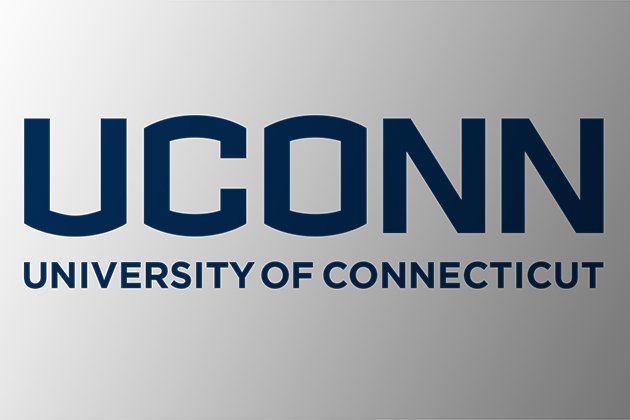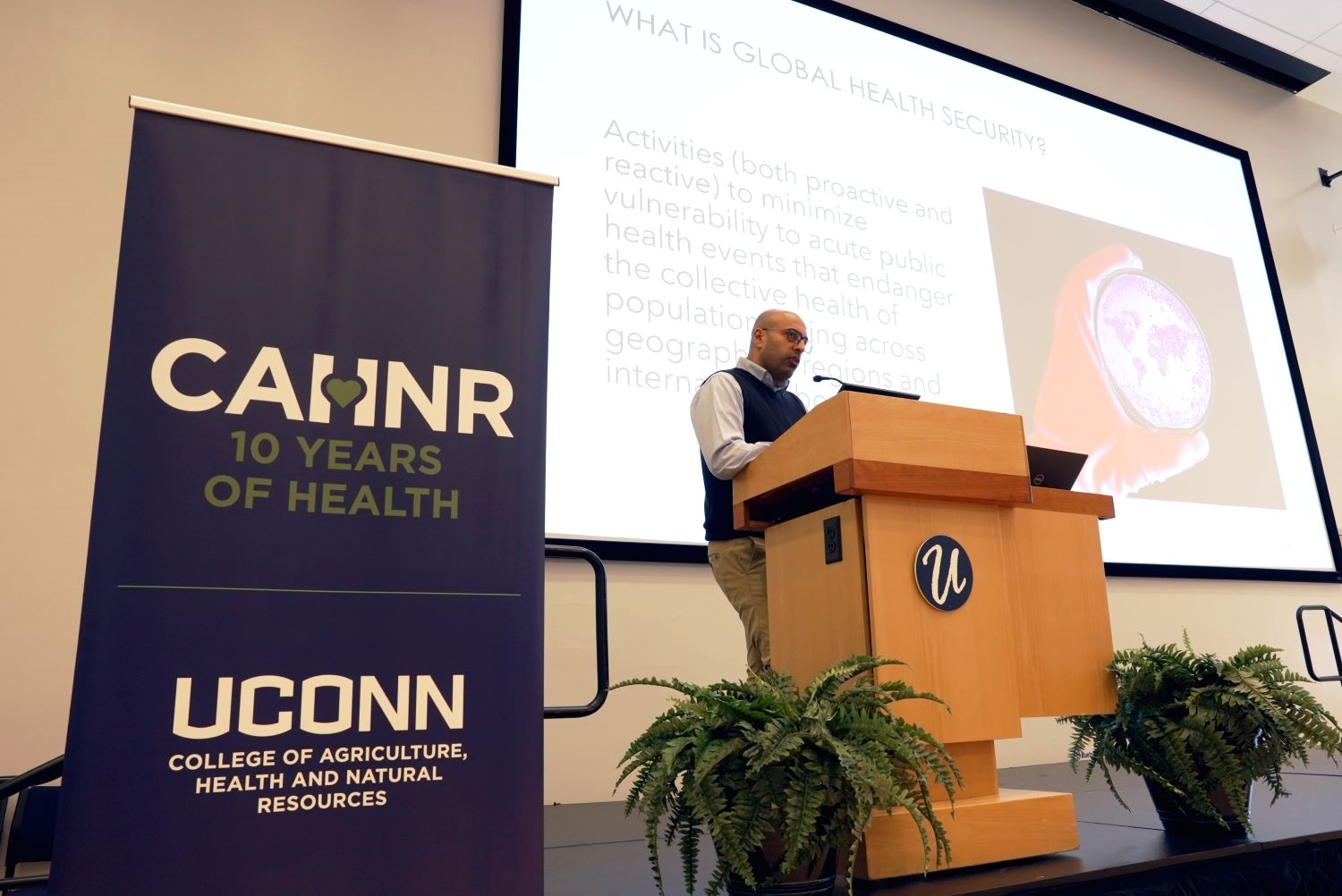UConn continues to provide high quality in academics and strong financial value for its students, but fiscal constraints facing the University and state will require discussions in coming weeks about expenses and revenue, including tuition rates, trustees were told Wednesday.
The Board of Trustees’ financial affairs committee reviewed a presentation during Wednesday’s meeting as part of planning for coming years’ tuition levels. The full board expects to take up the issue of tuition before the end of the fall semester.
No specific proposals are on the table at this point regarding tuition for the 2016-17 academic year.
That decision would come after UConn delves more deeply into financial implications of various options; further examines its budget situation; and incorporates input from students and their families.
The presentation reviewed Wednesday by trustees will be made again in a public Town Hall session at 5 p.m. Thursday in the Dodd Center’s Konover Auditorium.
In the past several years, the number of people applying to UConn has skyrocketed while the University’s academic reputation has increased, as evidenced by its consistent position in the Top 25 among U.S. News & World Report’s list of public universities. It’s currently ranked as No. 19.
The University has also reduced its class sizes, increased financial aid, and reduced the amount of time it takes students to graduate – which saves them money – while reducing non-academic expenses through various consolidations, making staff reductions through attrition and layoffs, and other measures.
At the same time, there have been shortfalls in the allocation to support UConn’s operating expenses. This year, the state appropriation funds approximately 30 percent of UConn’s budget. And in the last eight years, UConn has been cut by about $82 million.
UConn has also lost $5.5 million in state reductions since the start of July, trustees were told Wednesday, and the current uncertainty at the state Capitol leaves open the possibility of more reductions as legislators work to cover a statewide budget gap.
President Susan Herbst said this week that UConn is one of many state agencies facing those challenges as state leaders balance higher education funding against the state’s many other budget obligations.
That being said, though, the University’s unique missions of teaching, research, economic development, and public service require it that its quality remains high so it can keep competing for top students and faculty, she said.
“It’s very important to keep our quality high to keep competing with the other universities of our stature. We know where we’re headed and we can get there – it’s just a matter of resources,” Herbst told a group of students, alumni, employees, and others earlier this week on campus.
At the same time, UConn has been careful to use its budget in ways that best support its academic mission, officials said Wednesday at the trustees’ meeting.
“UConn is doing great as an academic research institution and has made great strides over the last 20 years,” said Scott Jordan, UConn’s executive vice president for administration and chief financial officer.
Among the top 58 public research universities, UConn ranks sixth in average time it takes for students to get their degrees (4.2 years), which helps reduce students’ costs, Jordan said.
“As we talk about accessibility and affordability, the best thing this university or any university can do is to get students through their program as quickly as possible,” he told trustees Wednesday.
UConn also ranks ninth in the rate of minority students graduating in six years or less (82 percent); 14th in the percent of students who return after freshman year (93 percent); and 15th in the overall rate of students receiving their degree in six years or less (83 percent).
About 80 percent of UConn’s students also receive some form of financial aid – and about half of the student body receives gift aid that doesn’t need to be repaid, and is provided directly to them by the University as part of a package based on merit, need or both.
Members of the Board of Trustees’ financial affairs committee also asked Wednesday about enrollment trends and the financial implications.
With the number of Connecticut high school graduates decreasing, UConn’s model to remain competitive must by necessity include attracting top scholars from other states – a goal it has been achieving while at the same time greatly increasing the number of in-state students attending the University.
UConn’s in-state tuition and fees of $13,366 yearly offers the best value when compared with peers against whom it competes for Connecticut students, such as UMass ($30,504 for out-of-state students); University of Maryland ($31,144); Penn State ($31,346); University of Vermont ($39,130); Quinnipiac ($42,620); and Boston College ($48,540).
UConn has been focusing closely on containing expenses, pursuing philanthropy, providing good financial aid packages, and other measures to keep the University affordable and competitive, Jordan said.
“Going forward, our goal is to keep UConn great and to continue to advance academic quality and not to lose ground,” he said Wednesday. “We need to protect everything that we have built and that the students have built at UConn, even though we face budgetary uncertainty.”



